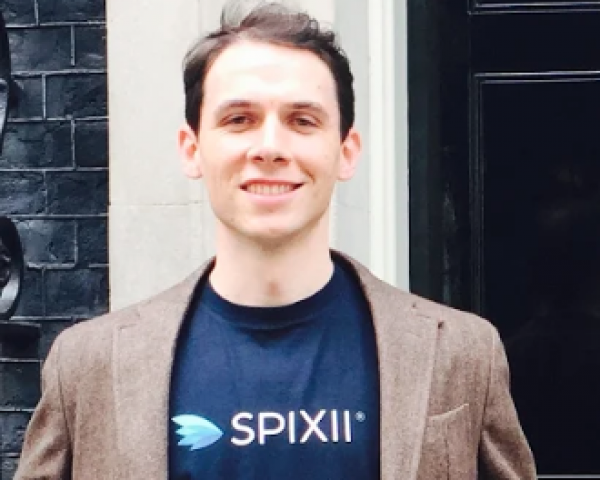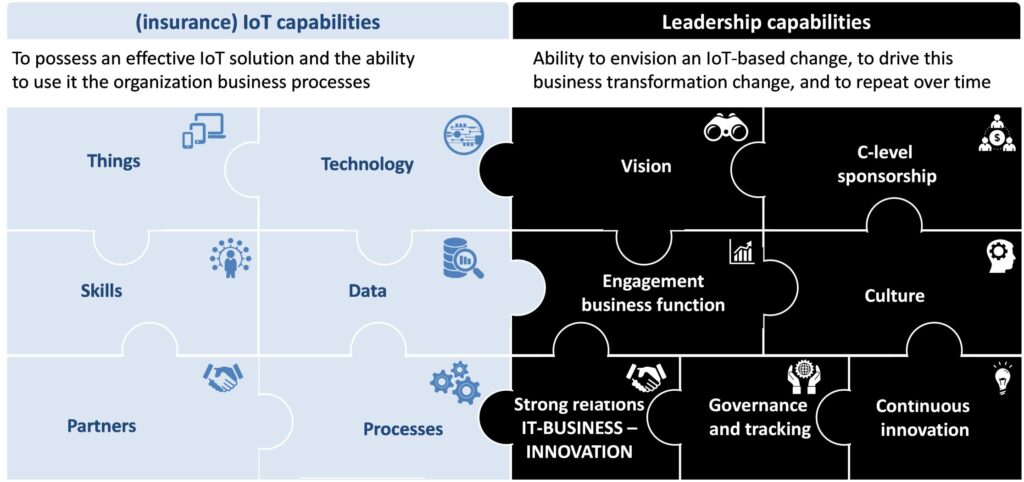According to Willis Towers Watson, more than two-thirds of insurers credit predictive analytics with reducing issues and underwriting expenses, and 60% say the resulting data has helped increase sales and profitability.
That figure is expected to grow significantly over the next year, as the inherent value of predictive analytics in insurance is showing itself in myriad applications.
Predictive analytics tools can now collect data from a variety of sources – both internal and external – to better understand and predict the behavior of insureds. Property and casualty insurance companies are collecting data from telematics, agent interactions, customer interactions, smart homes and even social media to better understand and manage their relationships, claims and underwriting.
Another closely related tool is predictive modeling in insurance, such as using “what-if” modeling, which allows insurers to prepare for the underwriting workload, produce data for filings and evaluate the impact of a change on an insurer’s book of business. The COVID-19 crisis has shown insurers that the ability to predict change is invaluable, and “what-if” modeling is a great tool for carriers that know they need to make changes but want to ensure they are doing it accurately. The right predictive modeling in insurance software can help define and deliver rate changes and new products more efficiently.
Using the plethora of data now available, here are 11 ways predictive analytics in P&C insurance will change the game in 2021.
Pricing and Risk Selection
This isn’t exactly a new use for predictive analytics in insurance, but pricing and risk selection will see improvement thanks to better data insights in 2021. Given the increased variety and sophistication of data sources, information collected by insurers will be more actionable.
Why do these data sets help predictive analytics improve pricing and risk selection? Because they are largely composed of first-hand information. Data and feedback collected from social media, smart devices and interactions between claims specialists and customers is straight from the source. Data that isn’t harvested through outside channels (such as the typical demographic material used in the past, like criminal records, credit history, etc.) is more direct and can provide valuable insights for P&C insurers.
But just how much data are insurers collecting from IoT-enabled devices? Some reports estimate it’s approximately 10 megabytes of data per household, per day, and that figure is expected to increase.
Identifying Customers at Risk of Cancellation
Predictive analytics in P&C insurance is going to help carriers identify many customers who require unique attention – for example, those likely to cancel or lower coverage. More advanced data insights will help insurers identify customers who may be unhappy with their coverage or their carrier.
Having this knowledge in hand will put carriers ahead of the game and allow them to reach out and provide personalized attention to alleviate potential issues. Without predictive analytics, insurers could miss credible warning signs and lose valuable time that could be used to remedy any issues.
Identifying Risk of Fraud
P&C insurance companies are always battling various instances of fraud and oftentimes aren’t as successful as they would like. The Coalition of Insurance Fraud estimates that $80 billion is lost annually from fraudulent claims in the U.S. alone. Additionally, fraud makes up 5% to 10% of claims costs for insurers in the U.S. and Canada.
Using predictive analytics, carriers can identify and prevent fraud or retroactively pursue corrective measures. Many insurers turn to social media for signs of fraudulent behavior, using data gathered after a claim is settled to monitor insureds’ online activity for red flags.
Insurers are also relying on insurance predictive modeling for fraud detection. “Where humans fail, big data and predictive modeling can identify mismatches between the insured party, third parties involved in the claim (e.g. repair shops) and even the insured party’s social media accounts and online activity,” according to SmartDataCollective.
See also: What Predictive Analytics Is Reshaping
Triaging Claims
Customers are always looking for fast, personalized service. In the P&C insurance industry, that can sometimes present a challenge. But with good predictive analytics systems, carriers will be able to prioritize certain claims to save time, money and resources – not to mention retain business and increase customer satisfaction.
Predictive analytics tools can anticipate an insured’s needs, alleviating their concerns and improving their relationship with their carrier. It can also contribute to tighter management of budgets by employing forecasted data regarding claims, giving insurers a strategic advantage.
Focusing on Customer Loyalty
Brand loyalty is important, no matter the product, and now insurers can use predictive analytics to focus on the history and behavior of loyal customers and anticipate what their needs may be. How important is brand loyalty? About half of customers have left a company for a competitor that better suited their needs. Also, this data can help insurers modify their current process or products.
Identifying Outlier Claims
Predictive analytics in insurance can help identify claims that unexpectedly become high-cost losses — often referred to as outlier claims. With proper analytics tools, P&C insurers can review previous claims for similarities – and send alerts to claims specialists – automatically. Advanced notice of potential losses or related complications can help insurers cut down on these outlier claims.
Predictive analytics for outlier claims don’t have to come into play only after a claim has been filed, either; insurance companies can also use lessons learned from outlier claim data preemptively to create plans for handling similar claims in the future.
Transforming the Claims Process
With predictive analytics, insurers can use data to determine events, information or other factors that could affect the outcome of claims. This can streamline the process – which traditionally took weeks and even months – and help the claims department mitigate risks. This also allows insurers to analyze their claims processes based on historical data and make informed decisions to enhance efficiency.
Advancements in artificial intelligence and other analytical tools have also become increasingly important in the claims process and are transforming how carriers do business.
Data Management and Modeling
Data is one of the most valuable assets an insurer can have, and predictive analytics have been helping businesses make the most of that data. From forecasting customer behavior to supporting underwriting processes, predictive analytics and data have been working together to provide valuable insights to insurers for years now.
However, making the most of your data is only possible with excellent data management and modeling capabilities. If data is scattered across disparate systems and there isn’t a strategic plan in place, all of that data is wasted. With data management solutions, predictive analytics tools can build a robust customer profile, provide cross-sell and upsell opportunities or even forecast potential customer profitability. And with insurance data models, insurers can deliver on-demand services to their customers via the cloud, using the data-driven insights gathered from their data management platforms.
Identifying Potential Markets
Predictive analytics in insurance can help insurers identify and target potential markets. Data can reveal behavior patterns and common demographics and characteristics, so insurers know where to target their marketing efforts.
Because there are 3.2 billion people on social media around the world, these platforms have become increasingly important when it comes to identifying potential markets. The platforms also influenced customer service: about 60% of Americans say that social media has made it easier to obtain answers and resolve problems.
Gain a 360-Degree View of Customers
TechTarget defines the 360-degree view of a customer as “the idea that companies can get a complete view of customers by aggregating data from the various touch points that a customer may use to contact a company to purchase products and receive service and support.”
Using predictive analytics, insurers can quickly and accurately consolidate data and generate insights that paint a more complete picture of a customer. What are their buying habits? What is their risk profile? How apt are they to buy new or expanded coverage? Before predictive analytics, insurers could estimate or take guesses at these questions, but now they are able to accurately and effectively service customers, which ultimately results in happier customers and increased revenue.
See also: How Analytics Can Tame ‘Social Inflation’
Providing a Personalized Experience
Many consumers value a customized experience – even when it comes to shopping for insurance. Predictive analytics in insurance provides the capability to comb through IoT-enabled data to understand the needs, desires and advice of their customers.
More and more insurers will use predictive analytics to help forecast events and gain actionable insights into all aspects of their businesses. Doing so provides a competitive advantage that saves time, money and resources, while helping carriers more effectively plan for a future defined by change. After all, data is only a strategic asset when you can actually put it to work.

































